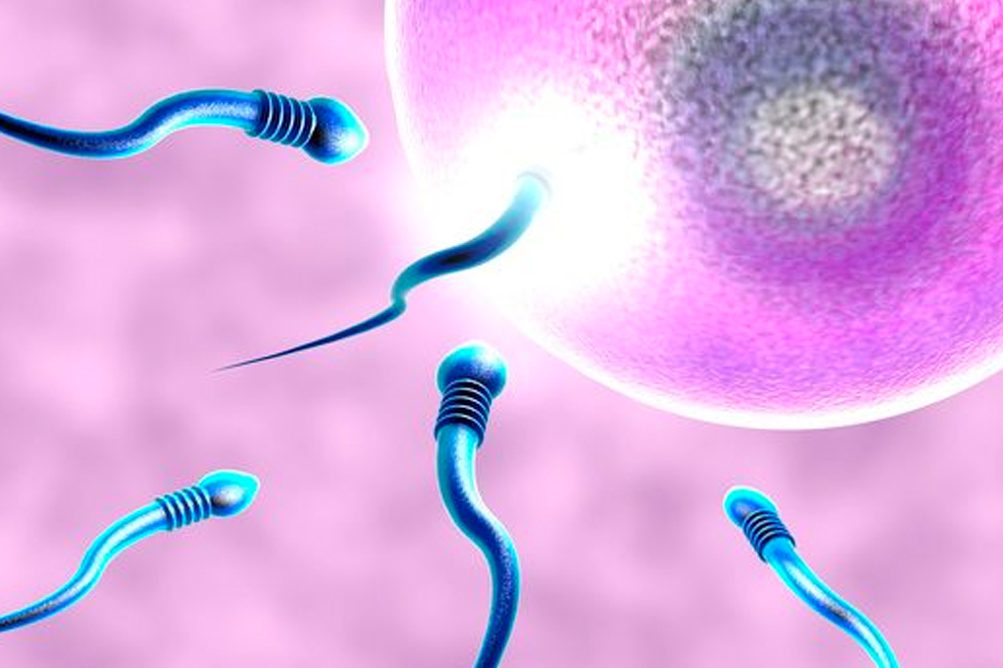
Low Egg Reserve (AMH)
Today, especially due to social and economic conditions and women’s participation in working life, pregnancies have started to occur at advanced ages. This situation creates the problem of infertility due to advanced age. When there are women who want to become a mother at an advanced age, low egg reserve is mentioned.
What is Low Ovarian Reserve?
Low ovarian reserve (low ovarian reserve) is the loss of the number of eggs (follicles) in a woman’s ovaries. The most important factor among the causes of low ovarian reserve is a woman’s age. The reserve decreases with age. Especially after the age of 35, the number and quality of follicles decrease rapidly. Although some patients are younger, they have fewer eggs than their peers. In these patients, it is emphasized that the factors causing the lack of reserve may also have reduced the quality.
Regular menstruation is not a sign of good ovarian reserve. Women with a small number of eggs can also menstruate regularly for a long period of time.
What are the Causes of Low Egg Reserve?
The most important reason for the loss of ovarian reserve is advancing age. Especially in women with a family history of menopause at a young age, the number of eggs may decrease at an early age.
In addition to age, the following reasons are also effective in decreasing the number and quality of eggs;
- Ovarian medical interventions
- Radiotherapy and chemotherapy
- Smoking and alcohol consumption
- Endometriosis (chocolate cyst)
- Overweight, obesity
- Turner syndrome
What are the Symptoms of Diminished Ovarian Reserve?
A healthy woman menstruates at intervals of 21-35 days. When a woman’s egg count decreases, the time between periods becomes shorter and shorter. The shorter intervals between periods and the intensity of the menstrual blood also indicate that the number of ovaries is decreasing.
Can a Routine Gynecological Examination Reveal Diminished Ovarian Reserve?
During regular gynecological examinations, the eggs can be seen in detail by ultrasonography. With transvaginal ultrasound, the gynecologist can determine the exact number of follicles in the egg. Taking into account the age of the patient, the patient should be told whether she has an egg reserve appropriate for her age. If there is a decrease in the egg reserve, hormone tests and AMH test performed on the 3rd day of menstruation can provide information about the patient’s fertility.
What is the AMH and FSH Test?
The ovarian reserve is checked by ultrasound examination. The woman is examined in the first days of her menstrual cycle and the egg sacs are counted. In addition to the ultrasound examination, AMH and FSH tests can also provide information about ovarian reserve. So what is AMH?
What is the AMH Test?
The Anti-Müllerian Hormone (AMH) test is a rapid blood test that provides information about the number of ovaries.
The level of the AMH test does not change every month. Therefore, the AMH test is used extensively to monitor the number of eggs, especially in older patients. As a woman gets older, the AMH level in the body starts to decrease, so AMH values change according to the woman’s age. A very low AMH level indicates that the woman is approaching menopause, while a higher than normal level may be a sign of polycystic ovary syndrome.
AMH Values:
- High (AMH > 4 ng/ml)
- Normal (AMH 1.5-4 ng/ml)
- Low (AMH < 1.5 ng/ml)
- Very low (AMH < 0.5 ng/ml)
In patients younger than 35 years of age, low AMH may be a sign of early menopause and the doctor should guide the patient on what to do. Patients with low AMH reserve can have a baby with IVF treatment if they are married and want to have a baby. There are many patients with reduced ovarian reserve who have achieved pregnancy. Egg freezing can create a chance for single patients to have a baby in the future.
What is the FSH Test?
The FSH (Follicle Stimulating Hormone) test is a hormone test in the blood on the 2nd or 3rd day of menstruation. FSH is a hormone released from the pituitary gland that helps the development of eggs in women. The FSH test may show different values from month to month and the highest of these values is taken as the basis. High FSH indicates a low egg reserve, while a result with normal values does not always mean that the egg quantity is good. It is also useful to evaluate the AMH test together with FSH.
Can a Woman with Low Egg Reserve Get Pregnant?
Women with low egg reserves can become pregnant with IVF treatment. Pregnancy can only occur if there is a healthy embryo and a suitable uterine lining to accept the embryo. In order for the embryo to develop healthily, high-quality sperm and egg cells are needed.
In IVF treatment, sperm and egg cells are brought together in the laboratory and fertilization is performed. The aim of fertilization is to obtain a healthy embryo.
Treatment for Low Egg Reserve
In women with low ovarian reserve, i.e. ovarian reserve and low AMH value, the pool method is recommended in IVF treatment. So, what is the pool method?
The pool method involves the collection and freezing of two or more eggs before embryo transfer. The resulting embryos are then thawed together and implanted into the uterus. The most important factor in this method is the freezing technique. Embryos should be very careful during the freezing-thawing process and should not be damaged. The pool method is used to increase the number of embryos and to obtain the embryos with the best chance of attachment.
